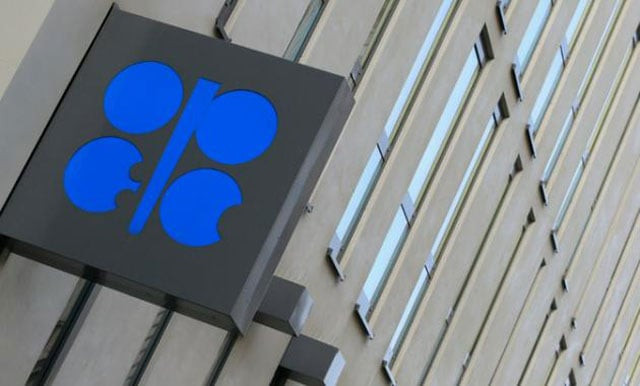Oil market structure signals return of glut
Move causes trouble for OPEC as it awaits demand to recover swiftly

Rising Organisation of the Petroleum Exporting Countries (OPEC) and US oil supplies, coupled with stalled economic and crude demand recovery, have pushed the futures market structure back to indicating a surplus, last observed during oil’s collapse in April and May amid the coronavirus pandemic.
The development is a headache for OPEC, which had been hoping demand would recover quicker after a round of record global output cuts. The group will either have to consider further production cuts or tolerate lower oil prices for longer.
The surplus market structure, when prompt prices are weaker than future prices, is also a boon for traders, as they can store crude in the hope to resell it later at a profit.
Royal Dutch/Shell, Total, Eni and Norway’s Equinor have all reported bumper trading profits over the past week.
Front-month September Brent futures in the past week have been trading at a discount of $2 per barrel to March 2021, the steepest discount since May, when lockdown measures against the virus outbreak cut global oil demand by a third.
The structure is known as contango and usually indicates an immediate oil surplus and hopes for a demand recovery in future months. The opposite structure is known as backwardation.
“OPEC’s experiment to increase production from August could backfire as we are still nowhere near out of the woods yet in terms of oil demand,” said Bjornar Tonhaugen, Rystad Energy Head of Oil Market Research.
“The market will flip back into a mini-supply glut and a swing into deficit will not happen again until December 2020.” OPEC did not respond to a request for comment.
Howie Lee, an economist at Singapore’s OCBC Bank, said the market was unconvinced demand was recovering and instead was choosing to buy further down the curve at a rising premium.
Record coronavirus infection and death rates in the United States and some other parts of the world are stoking fears that a new virus wave could further hit demand.
Many exchange-traded funds were also spreading their long positions more equally across the curve after some asset managers were badly burnt by April’s negative expiry of US front-month WTI crude futures, Lee said.
Brent spreads have historically been a good proxy for the global production-consumption balance as well as inventories.
The physical oil market is also weakening. Cash Dubai and DME Oman prices on Tuesday flipped into discounts to Dubai swaps for the first time since end-May due to weak demand including from China.
Published in The Express Tribune, July 31st, 2020.
Like Business on Facebook, follow @TribuneBiz on Twitter to stay informed and join in the conversation.



















COMMENTS
Comments are moderated and generally will be posted if they are on-topic and not abusive.
For more information, please see our Comments FAQ